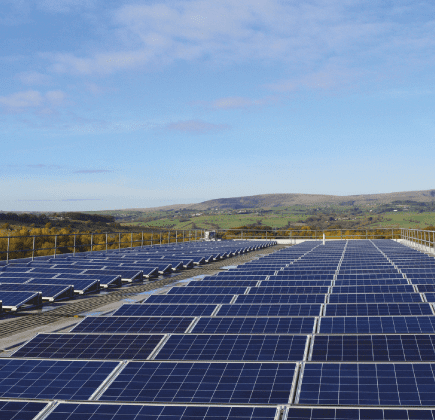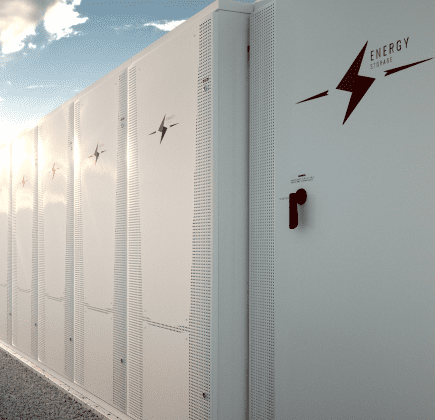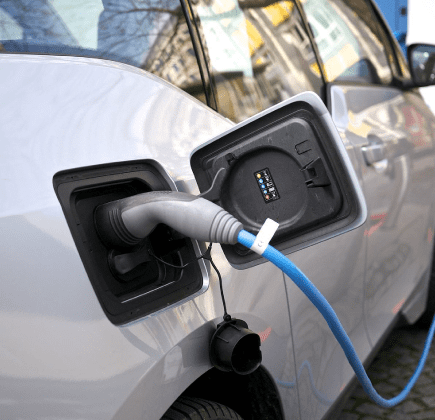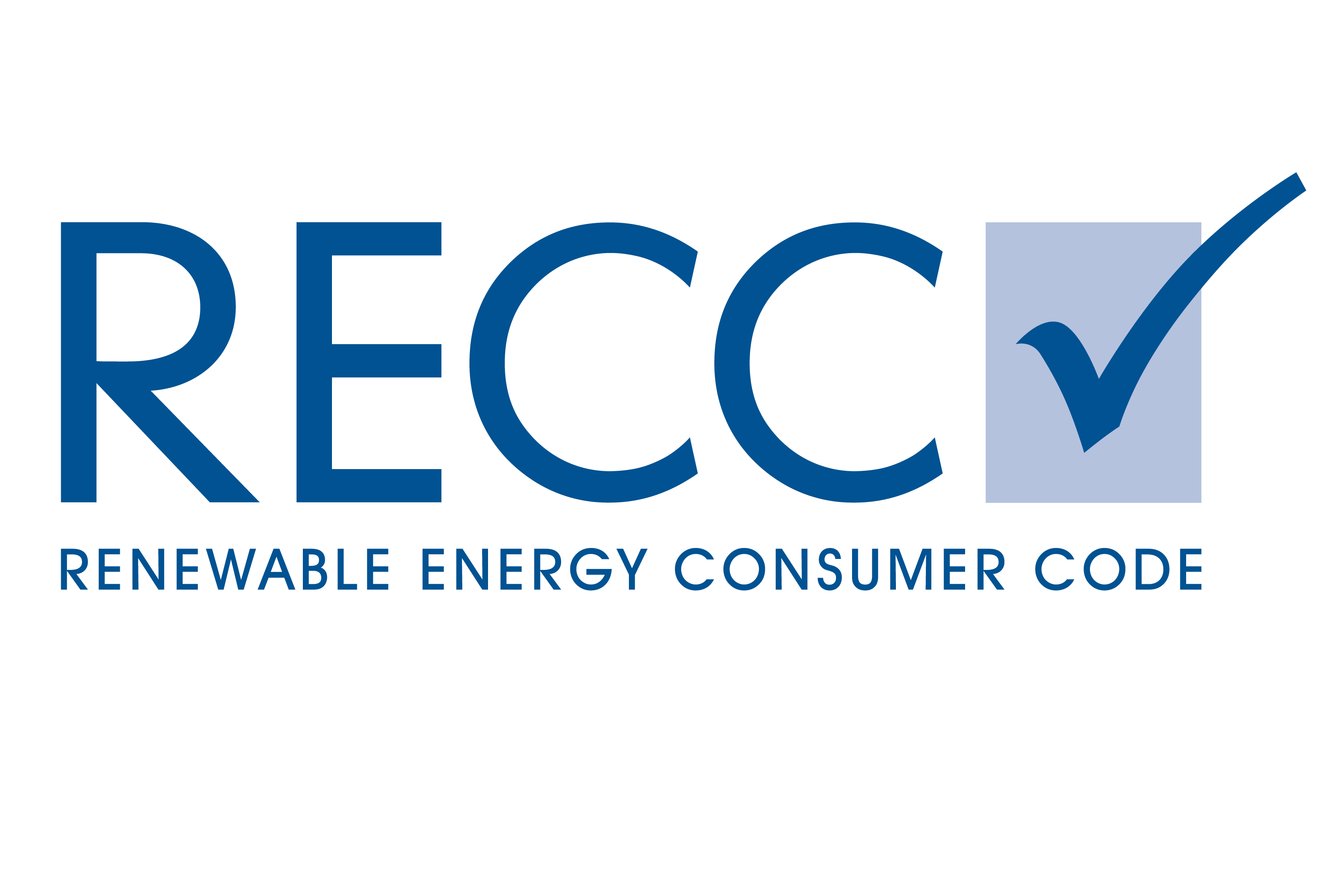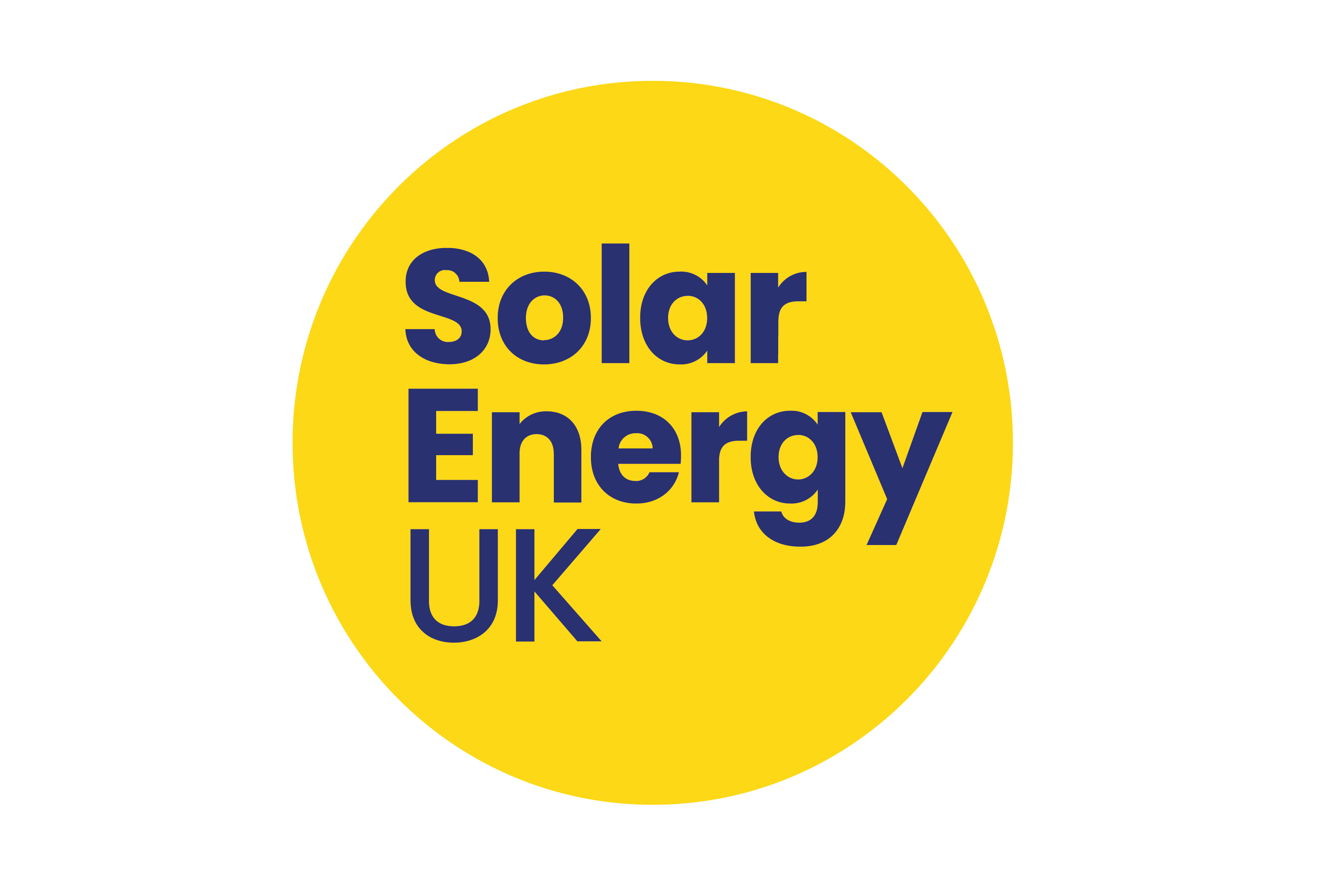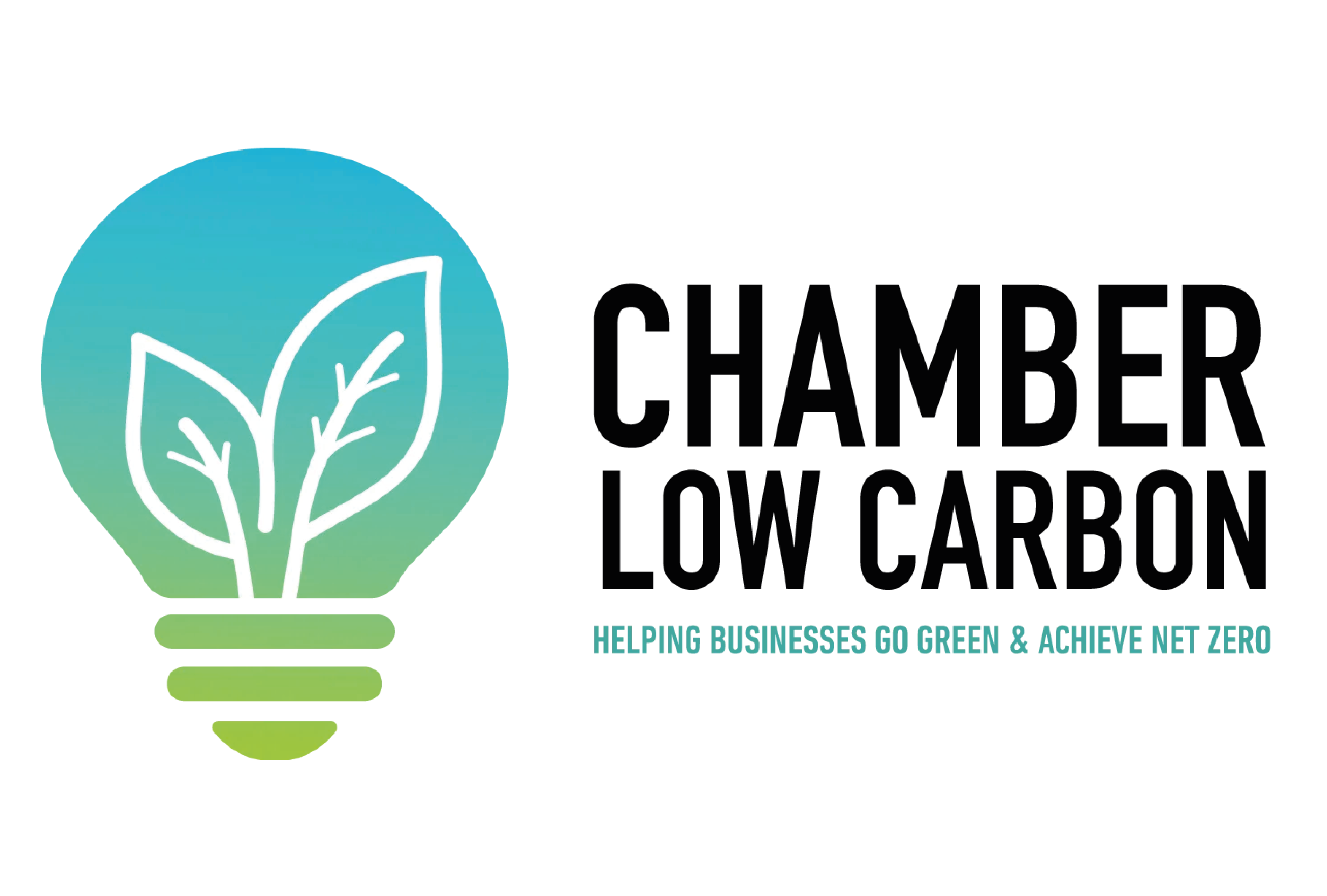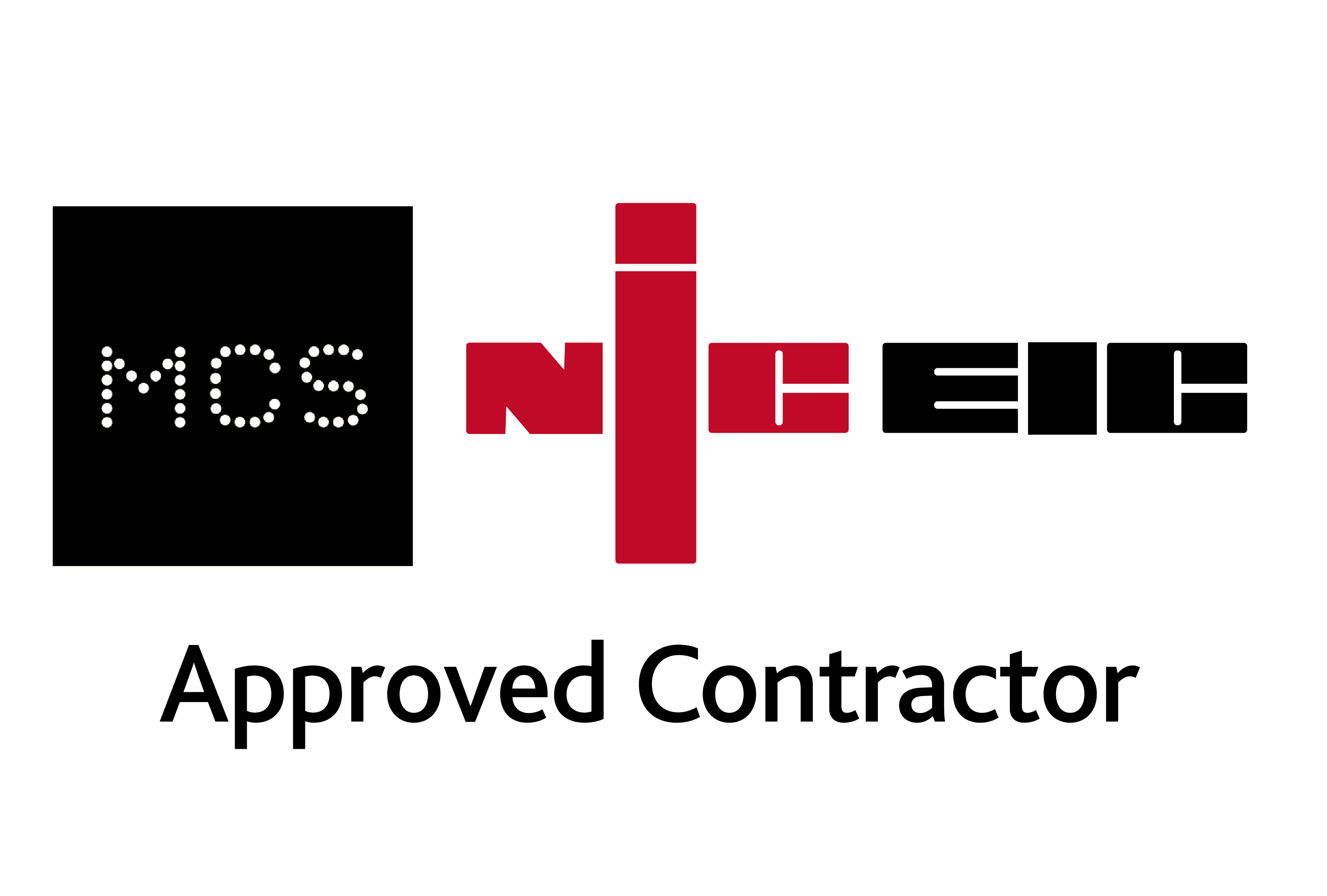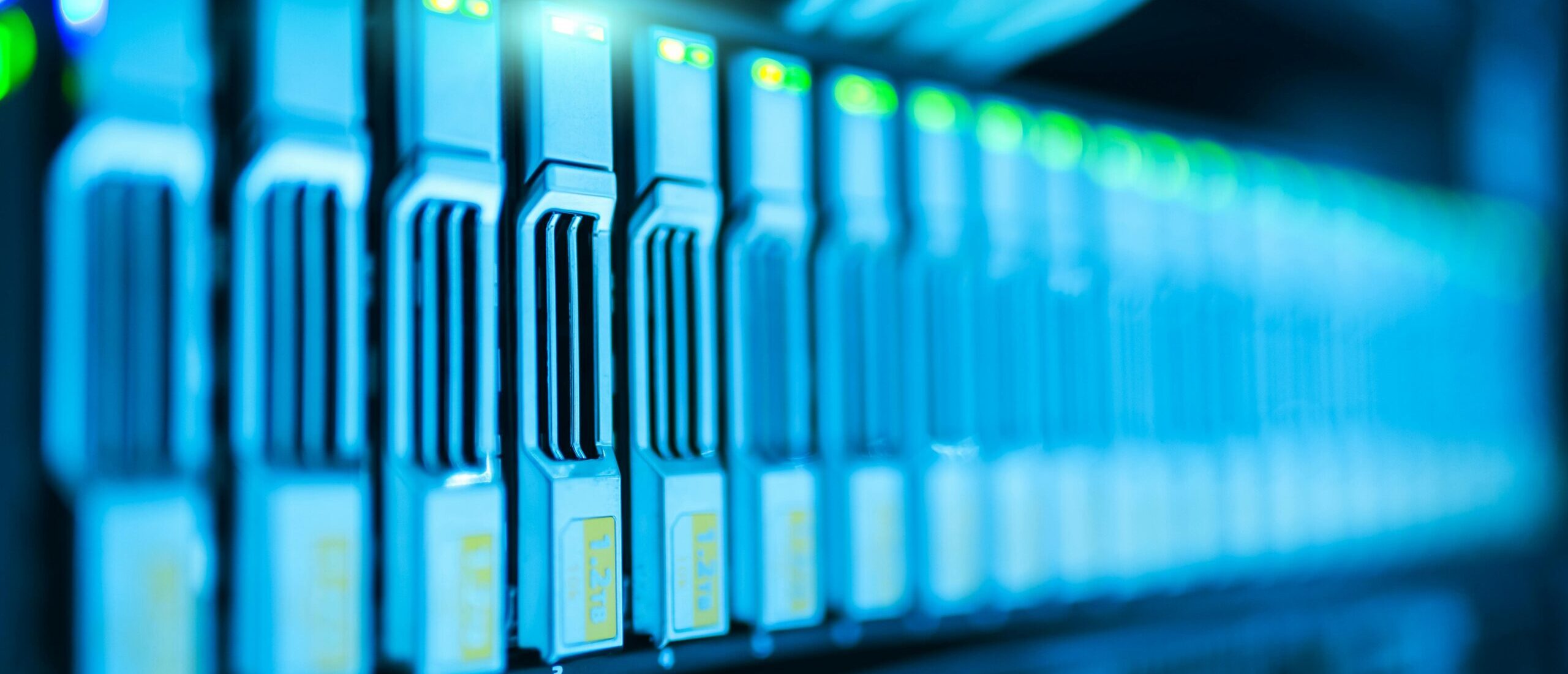
Solar: the solution to AI energy consumption?
Imagine racks upon racks, full of powerful servers on the verge of overheating. Bingo. That is exactly what data centres look like, not the abstract “cloud” we often picture.
Data centres are placed in areas with robust infrastructure that support the streaming of all applications you use daily: social media, photo storage, Netflix, and now, Artificial Intelligence (AI).
The rise of ChatGPT and other AI interfaces caught us all by surprise. As a result, many of us had to integrate, adapt and reinvent ourselves to keep up with technology. On the other hand, some have taken a stance against its use, whether for ethics, energy consumption or fear of the unknown.
For better or for worse, AI is here to stay. And while its energy consumption is raising some concerns, ChatGPT isn’t the enemy, and it won’t destroy the planet. That being said, we believe data centres must step up in the search for renewable energy solutions to combat this issue.
In this article, we’ll cover:
- How much energy does AI use?
- Why do data centres require so much energy?
- Is AI energy use expected to grow?
- Solar and renewable energy: our best hope
How much energy does AI use?
AI is power-hungry. In fact, the amount of electricity needed to sustain AI operations is growing rapidly. Currently, AI accounts for 12% of data centre electricity use, and that number is only expected to climb in 2026.
To put it into perspective, the energy consumption of data centres is comparable to the annual electricity usage of small countries like Finland, Belgium, Chile, or Switzerland. Even scarier, the daily usage of AI in data centres based on that statistic is 48 GWh per day, which is enough to power around 4.8 million UK homes for a full day.
How much energy does ChatGPT use?
ChatGPT was never meant to be a search engine like Google, and for good reason. You see, every time you type a question into ChatGPT, a powerful AI model processes your query in seconds. But at what cost?
Estimates suggest that a single ChatGPT query consumes 2.9 watt-hours of electricity – almost 10 times as much as a simple Google search. When you multiply that by millions of daily users, the numbers become staggering. However, on a more positive note, new research claims that ChatGPT-4o is likely to consume “less than a laptop consumes in a few minutes”.
In any case, data centres running AI applications must operate 24/7, meaning the energy consumption is constant. Without intervention, this could lead to greater strain on our nation’s energy grid and higher carbon emissions.
Why do data centres require so much energy?
Even though AI takes the largest percentage of energy usage, data centres house the servers that power AI, cloud computing, and digital services. These facilities require vast amounts of energy to function efficiently, primarily due to:
1. Servers and cooling systems
Servers are responsible for handling vast amounts of data in real-time.
Since these high-performance servers must always be active without fail, they generate enormous amounts of heat. So, to prevent servers from overheating, the air conditioning system must be always functioning too.
2. Data storage and backup systems
At a larger scale compared to our phone’s storage and backup, data centres must ensure that information remains secure, accessible and recoverable. And since they play a crucial role in disaster recovery, they must be constantly running to ensure reliability.
Is AI energy usage expected to grow?
The short answer: yes. With models becoming more advanced, AI energy consumption is expected to increase by 160% over the next decade. With businesses across industries integrating it into daily operations, data centres will have to expand for more storage and backup systems.
Consequently, if AI continues to rely on traditional energy sources, the carbon footprint of data centres will surge significantly, contributing to the global energy crisis. As expected, integrating renewable energy solutions is no longer optional; it’s essential.
Solar and renewable energy production: our best hope
After all this information, it’s fair to assume that solar panels can’t generate enough energy for data centres. However, that’s not the case. In fact, it has already been proven possible. Just last year, Iomart became the first data centre in the UK to run their facility on 560 solar panels.
David Gammie, CTO at Iomart, said:
“We’ve already committed to powering all our data centres with 100% renewable energy. This installation at Maidenhead takes that commitment one step further – generating our own energy onsite, and in addition the potential to export energy back into the grid network in the future.”
For data centres, renewable energies present a viable solution to AI’s rising energy demands. Whether it’s solar, wind, geothermal, or hydropower, all these options share one key trait: these natural forces exist in large amounts and can be replenished as quickly as they are used.
Among these, solar energy stands out due to its relatively easier installation process, making it a top-tier choice for data centres. Solar panels can be installed on existing rooftops or nearby land. This approach not only reduces operational costs but also enhances a company’s environmental profile, positioning them as leaders in sustainability.
How much energy does a solar panel produce?
Commercial solar panels can generate between 500 – 700 watts per panel, per hour. Large-scale solar installations can provide substantial amounts of electricity, reducing reliance on fossil fuels. Some key benefits include noticeable cost savings, enhanced energy security, and a significantly reduced carbon footprint.
At the end of the day, this investment offers a clean, renewable, and cost-effective way to offset electricity usage, helping data centres stay ahead in the journey to Net Zero.
Speak to renewable energy consultants
At Low Carbon Energy, we’re committed to helping data centres transition to renewable energy. Our tailored solar PV solutions support various industries, making sustainability both practical and cost-effective.
By switching to solar, you can cut energy costs, reduce your carbon footprint, and lead the way in sustainable innovation.
Contact our team today to explore your options.
 Energy Technology
Energy Technology

Powering your present. Preserving your future.
Call us on 01282 421 489

strategy be a priority?

